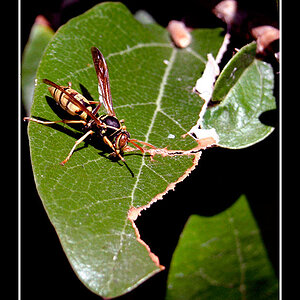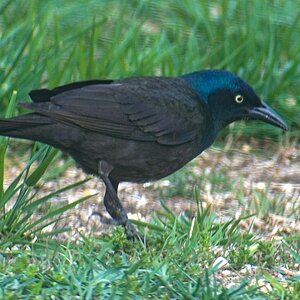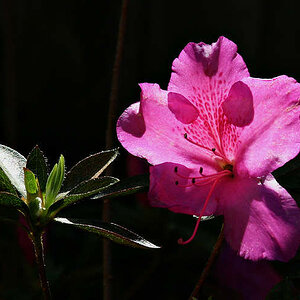ksmattfish
Now 100% DC - not as cool as I once was, but still
- Joined
- Aug 25, 2003
- Messages
- 7,019
- Reaction score
- 36
- Location
- Lawrence, KS
- Website
- www.henrypeach.com
- Can others edit my Photos
- Photos NOT OK to edit
I've been to many sites on the web reading about Pola transfers. I noticed that different folks have very different methods; mostly regarding timing. Some people soak thrie paper for 2 min, othjers for 20 min. Some people say transfer the neg as soon as possible, some wait 10 to 15 sec. Some leave the neg and watercolor paper sandwiched for 2 min, others 30 min.
What is your technique?
Any experience with what effects are caused by short or long times?
What advice can you give about increasing color saturation? ( I'm using #59 ISO 80 with a polarizing filter)
What is your technique?
Any experience with what effects are caused by short or long times?
What advice can you give about increasing color saturation? ( I'm using #59 ISO 80 with a polarizing filter)


 I hope it makes sense.
I hope it makes sense.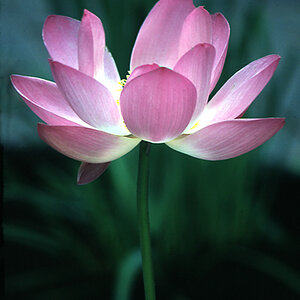
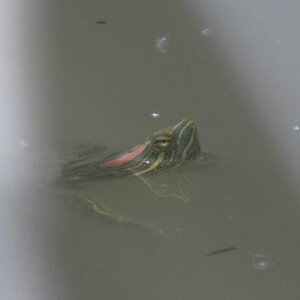
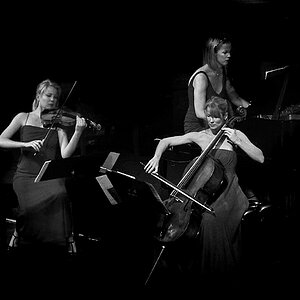
![[No title]](/data/xfmg/thumbnail/37/37616-5e9d06af384cf745ad31a513e49183a9.jpg?1619738151)
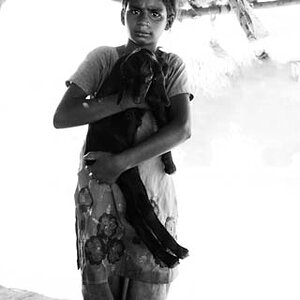
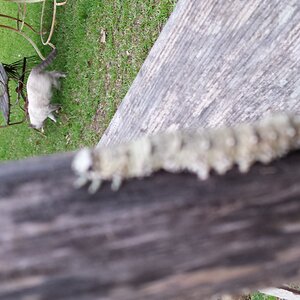
![[No title]](/data/xfmg/thumbnail/34/34133-7a1339dcac8b8cda8f7e1e4b6c828ccb.jpg?1619736305)
